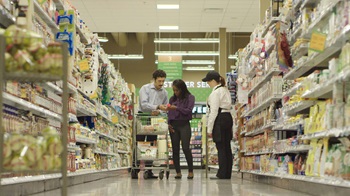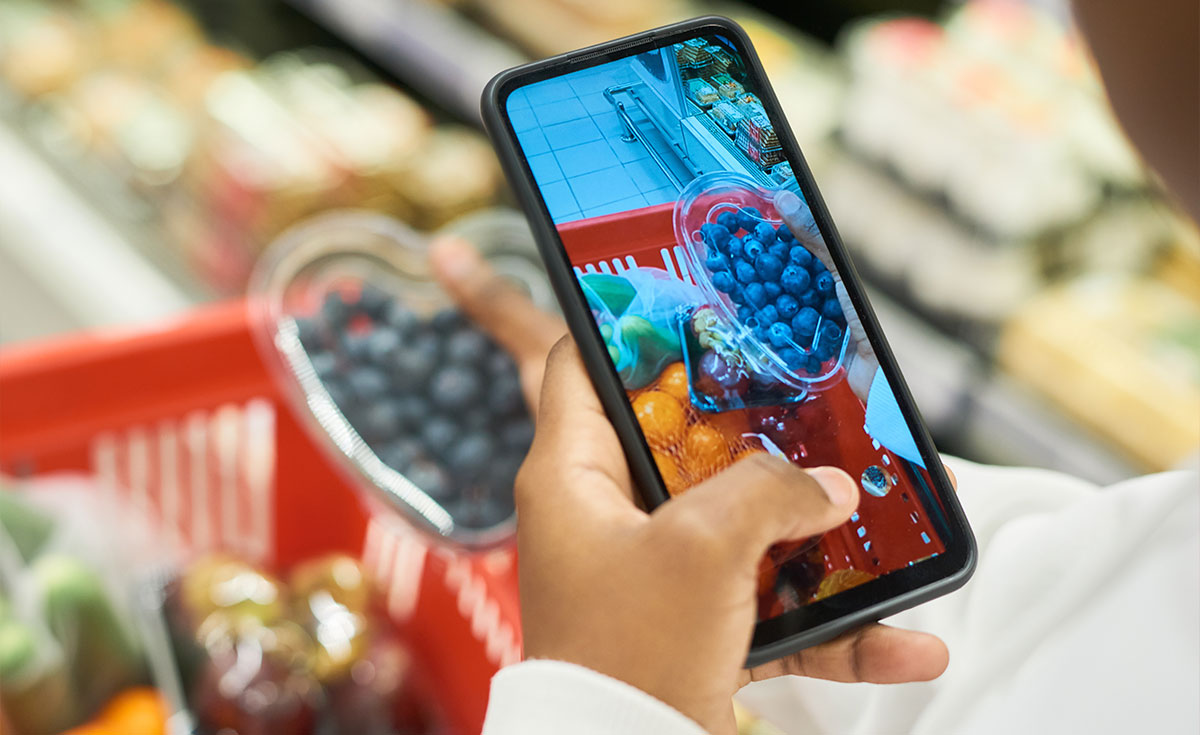By: Mark Baum, Senior Vice President, Industry Relations, Chief Collaboration Officer, FMI
 The Food Retailing Industry Speaks report annually includes some important figures that help benchmark the grocery industry’s performance, including:
The Food Retailing Industry Speaks report annually includes some important figures that help benchmark the grocery industry’s performance, including:
- Number of SKUs per store.
- Number of weekly transactions per store.
Collectively, these statistics tell a story about the food retail industry’s ability to succeed in any environment and the quest to stay agile to anticipate, accommodate, and embrace their shoppers’ shifting buying behaviors and requirements. The transactional data depicts broader marketplace realities.
Inventory Productivity: SKU Counts v. Transactions
In 2018, Speaksfinds the SKUs per store count to be 33,055, which is slightly higher than the previous year, however, lower than the 2016 figure of 38,900 SKUs per store. SKU counts have been on a general decline over the past decade. This is partly due to the popularity of smaller format stores and the growth of omnichannel strategies. And, retailers are laser focused on curating more selective assortments to meet their customers’ needs for personalization.
Further, while the number of SKUs per store is declining, the number of weekly transactions per store is on the rise. In fact, 2018 witnessed 13,583 weekly transactions per store. That number is up from 13,200 weekly transactions per store in 2017, which was 200 more than in 2016.
Space Productivity: Store Size
While stores have been experimenting with smaller footprints and department allocations, the average square footage per store has changed little over the past few years. What has changed, is the allocation between selling space and backend space.
In 2018, survey respondents reported the average selling space was 32,284 square feet and the average share of selling space is 78%. Compared to 2016 figures of 29,800 square feet of average selling spaces and 73% average share of selling space, the amount of selling space in the grocery store has increased.
What Does This All Mean?
Collaboration between suppliers and food retailers is reaching a critical phase. Better trading partner relationships means pairing the right mix of products and emerging brands with the right food retail environment all designed to meet customers’ interests. We see CPG companies expanding their product portfolios and more emerging brands finding their way to store shelves. At the same time, retailers are optimizing their product and merchandising mix and making decisions about how these new products should be displayed—in separate, designated areas or integrated into existing shelves and sets.
We’ve been tracking operational benchmarks for more than seven decades, but we’ve now witnessed significant shifts in business investments in the last several years. The number of SKUs might ebb and flow, but we find certainty in how retailers will continue to adapt, work along the supply chain and ultimately serve the customer.
Download The Food Retailing Industry Speaks Report

 Industry Topics address your specific area of expertise with resources, reports, events and more.
Industry Topics address your specific area of expertise with resources, reports, events and more.
 Our Research covers consumer behavior and retail operation benchmarks so you can make informed business decisions.
Our Research covers consumer behavior and retail operation benchmarks so you can make informed business decisions.
 Events and Education including online and in-person help you advance your food retail career.
Events and Education including online and in-person help you advance your food retail career.
 Food Safety training, resources and guidance that help you create a company food safety culture.
Food Safety training, resources and guidance that help you create a company food safety culture.
 Government Affairs work — federal and state — on the latest food industry policy, regulatory and legislative issues.
Government Affairs work — federal and state — on the latest food industry policy, regulatory and legislative issues.
 Get Involved. From industry awards to newsletters and committees, these resources help you take advantage of your membership.
Get Involved. From industry awards to newsletters and committees, these resources help you take advantage of your membership.
 Best practices, guidance documents, infographics, signage and more for the food industry on the COVID-19 pandemic.
Best practices, guidance documents, infographics, signage and more for the food industry on the COVID-19 pandemic.
